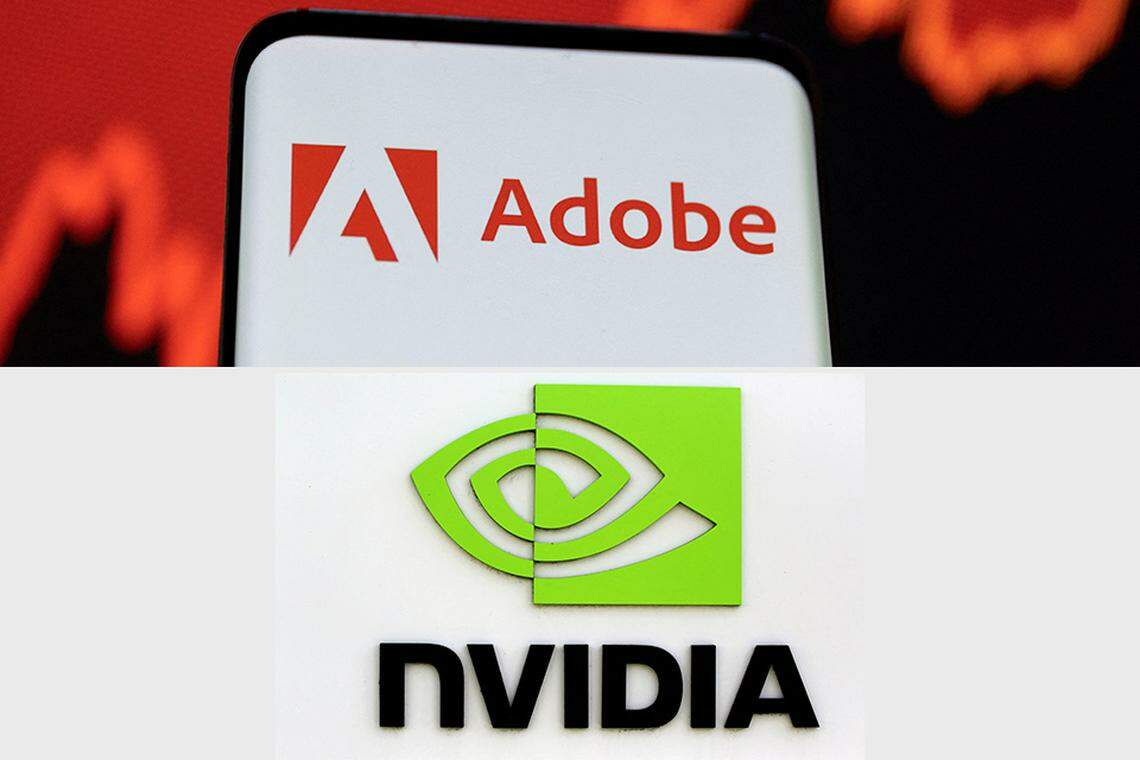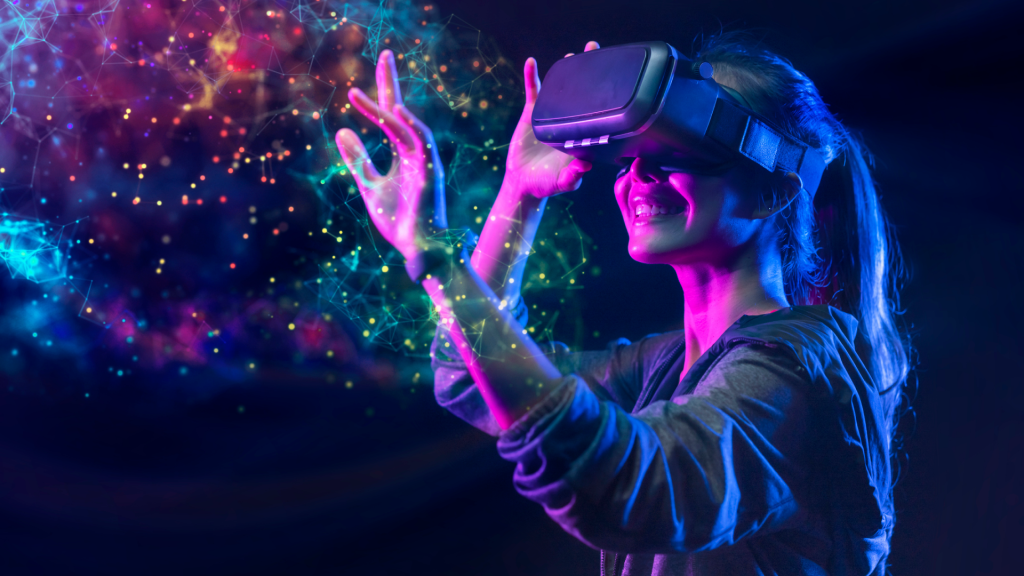
Two Silicon Valley companies revealed new tools on Tuesday that employ artificial intelligence to produce photos while addressing the most difficult legal challenges surrounding the technology: copyright and compensation.
Adobe Inc (ADBE.O) integrated artificial intelligence into some of its most popular applications, including Adobe Photoshop and Adobe Illustrator, to speed up the process of producing pictures and text effects, emphasizing that authors whose work was utilized by the tools would be compensated.
The technique was created in collaboration with Nvidia Corp (NVDA.O), which revealed its service called “Picasso,” which utilizes AI to produce pictures, videos, and 3D applications from text descriptions. Nvidia expects to pay royalties for photos licensed from Getty Images, Shutterstock Inc (SSTK.N), and Adobe.
This is a watershed moment in the continuous conflict between the rights of copyright holders and developing technologies. Image-generation technology is “trained” on billions of photographs, but whether such usage is lawful is not always obvious.
Getty Images vs Stability AI

Getty Images sued Stability AI, the makers of the open-source art-generating tool Stable Diffusion, earlier this year, alleging that it had stolen more than 12 million photos from their database without permission.
“This cooperation (with Nvidia) is testimony to the possibility of a path of ethical AI development and the unique nature of Getty Images content and data,” Getty Images CEO Craig Peters said in an email.
“That is consistent with our idea that generative AI is an exciting tool that should be built on permission data, graphics, and individual privacy.”
Adobe’s Firefly

Adobe’s new AI-enhanced tool, “Firefly,” enables users to use words to describe the photos, graphics, or videos that its program will generate. The AI was trained on Adobe Stock photos, publicly licensed material, and older content with lapsed copyright, so the final products are acceptable for commercial usage, according to the company.
The business is also lobbying for a universal “do not train” tag, enabling photographers to request that their work not be used to train models.
“We’re extremely interested in making this creative friendly,” Ely Greenfield, Adobe’s chief technical officer for digital media, noted.
If Adobe customers request a picture in the style of a certain artist, “it will not create an image that is aping that person’s style,” Greenfield said. “You may sell this as an artist. You may offer a buyer the license to utilize your style if they wish to use it.”
Nvidia’s Picasso

Nvidia’s Picasso AI-image generator is part of a suite of AI-powered cloud solutions revealed at the company’s GTC Developer Conference.
“This is the foundation of having something that will be appealing to the marketplace,” said Greg Estes, Nvidia’s vice president of developer programs, of working with partners like Getty.
“Because other software suppliers or organizations of any type don’t want to be associated (with image-generating AI) without understanding what the provenance is” of the underlying training photos, he said.
According to Jun-Yan Zhu, assistant professor at Carnegie Mellon’s Robotics Institute, open-source AI models routinely train on billions of photos. Whether or not photographers are aware that their work has been sampled is determined by a variety of circumstances, including whether or not the training dataset is publicly accessible, he adds.
Zhu expressed his hope that photographers and painters may eventually profit from leveraging the technology to license their aesthetic style.
“The lives of content producers depend on respect for intellectual property rights and the value of their creative work,” said Getty’s Peters.
“We think that innovation and creativity flourish in an atmosphere where artists, photographers, videographers, and creatives worldwide may be appropriately rewarded for their work, particularly when utilized for commercial reasons.”









